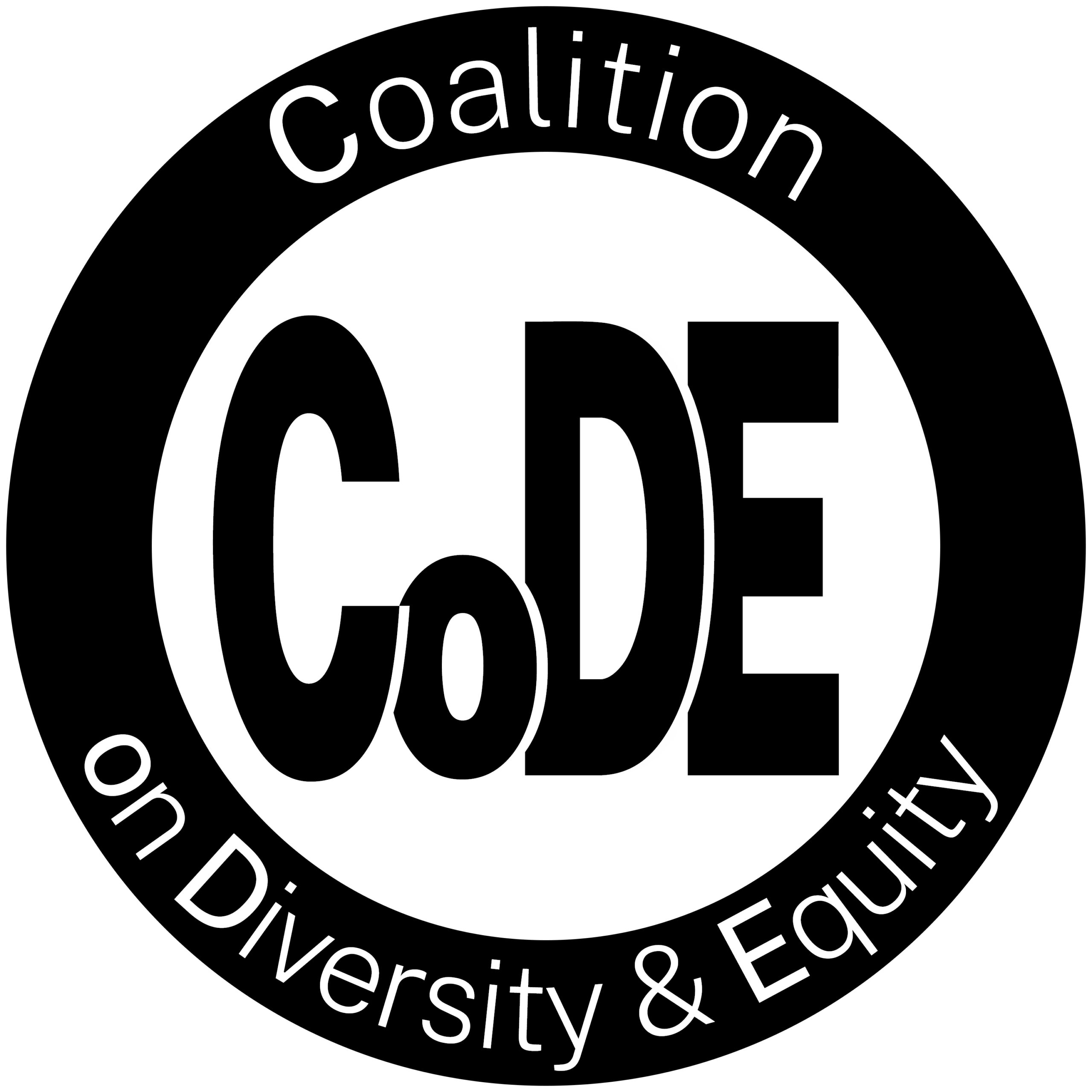Enabling the creation of a greater diversity of housing options in our communities is essential to ensuring equity and to building more diverse communities.
More housing options, including affordable housing, will also:
• help those who work in our communities to live here (including essential employees in emergency services, health care, education, government, and retail)
• help retain and attract businesses, which increases jobs and consumer spending in the local economy
• help seniors stay in a community they love as their housing needs change over their lives
• allow young adults – our children and grandchildren – who may be currently priced-out, to afford a home in our communities
• enable more people who want to be part of our beautiful, high opportunity community to afford to live here – creating a pathway to more diversity.
Goal 1A: Improve public awareness about housing choice and the need for more diverse housing options, including more affordable housing, in our communities.
Action Steps:
- Host Community Conversations about housing
- Convene and facilitate meetings with town leaders (including Planning and Zoning Commissioners, Economic Development Commission, Housing Authority, Board of Selectmen, Town officials), business leaders, realtors/developers
- Provide opportunities/training for members of town Planning and Zoning Commissions (PZCs) to learn about legislative mandates, the benefits of quality, village-style affordable housing, and how other communities are addressing housing needs, such as “Missing Middle” housing[1].
- Support statewide advocacy of more inclusive housing/zoning laws (through Desegregate CT, Open Communities Alliance, Partnership for Strong Communities)
Goal 1B: Identify institutional barriers to diverse and affordable housing in our communities and work to eliminate those barriers and to adopt new policies that encourage housing choice.
Action Steps:
- Identify needed changes to the towns’ zoning regulations relative to housing choice and work with town PZCs to revamp the regulations, including:
- Minimum lot sizes, minimum dwelling unit floor areas, maximum building heights, and minimum parking space requirements
- The need for special permits for multifamily housing and mixed-use development
- Expansion of Planned Residential Development (PRD) Districts and the Mixed Use Overlay District and reduction of minimum land area required for PRDs.
- Promote policies to encourage more diverse housing options, including:
- Zoning mechanisms to encourage quality, village-style mixed-use, mixed-income, housing, such as the Form-Based Code[2]
- Making Accessory Dwelling Unit (ADU) regulations less restrictive
- Recommend creation of and serve on advisory committees to monitor progress of the towns’ affordable housing plans; participate in efforts to update the towns’ Plans of Conservation and Development; ensure that these plans provide specific goals for affordable housing and outline needed changes to zoning regulations.
Goal 1C: Help facilitate the development of workforce housing and affordable housing in our communities.
Action Steps:
- Advocate for more state/federal funding for town infrastructure needs (water/sewer) and legislation that addresses constraining regulations/laws in order to enable development of more diverse housing options in our towns.
- Work with Town Planners and PZCs to streamline the zoning application process to reduce barriers for developers.
- Identify ways that our towns’ PZC, Housing Authority, Economic Development Commission, Historic Properties Commission, and Board of Selectmen can incentivize the development of quality, affordable housing, such as through tax abatements or other economic incentives. The towns could also require developers to construct at least 10% of new dwelling units as affordable or workforce housing; or to make a Payment of Fee-in-Lieu of Constructing Affordable Housing Units into a town-managed housing trust fund.
[1] https://missingmiddlehousing.com/
[2] https://formbasedcodes.orgour co
